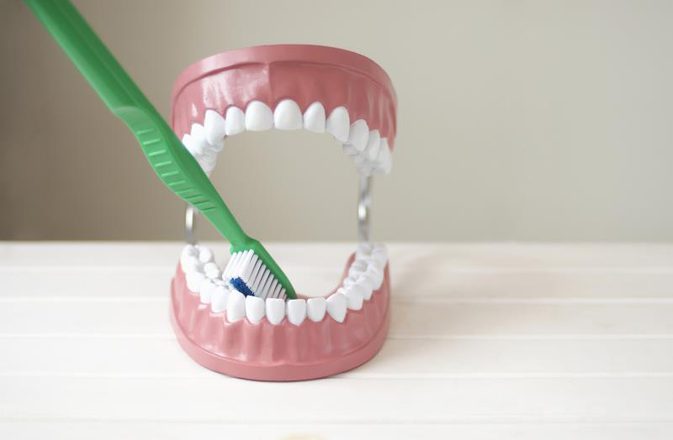 Insurance is designed to offset major expenses in various life areas. For example, a homeowner’s policy covers damage to your house, while car insurance pays for repairs after an auto accident. Medical policies do not cover dental work, but you can get dedicated dental insurance. Dental policies vary, and many limit or exclude coverage for pre-existing conditions.
Insurance is designed to offset major expenses in various life areas. For example, a homeowner’s policy covers damage to your house, while car insurance pays for repairs after an auto accident. Medical policies do not cover dental work, but you can get dedicated dental insurance. Dental policies vary, and many limit or exclude coverage for pre-existing conditions.
Definition
Dental insurance is a type of insurance that pays for dental care. It covers preventative procedures like cleanings, and the Dental Insurance Helper information site states it often covers problems like cavities or chipped teeth and restorative work like crowns and bridges. Coverage levels may vary depending on the type of procedure. For example, a plan might pay 100 percent of cleanings, 80 percent of fillings and 50 percent for restorations. You may get dental insurance through your employer or purchase it on your own.
Limitations
Dental insurance often has limitations on coverage for pre-existing conditions, according to the Animated Teeth dental information site. The term “pre-existing condition” usually refers to major work rather than minor problems like cavities or deep fillings that eventually need to be crowned. For example, replacement of a missing tooth would be considered a pre-existing condition if it was lost or removed before you joined the insurance plan. The insurance might also exclude replacement of crowns, bridges and dentures unless they are older than a certain number of years.
Considerations
Certain conditions have a waiting period for coverage. The insurance plan will pay for them once that period has passed. Animated Teeth explains this commonly applies to procedures like fillings, root canals or crowns. Initially your dental insurance might pay only for cleanings, X-rays and other preventative treatments. It will pay for the other work after a predetermined period, which typically runs between six months and a year. Sometimes there will be immediate coverage, but the payment level will be lower until the designated time period passes.
Timeframe
Your dental insurance benefits are often capped at an annual limit. You may pass the six-month waiting period for coverage of expensive procedures or root canals, but they may not be covered fully because of the cap. For example, your plan may only pay $2,000 per year for restorations. You are liable for $2,000 if you get two crowns that cost $3,000 each. You may be able to avoid this restriction by delaying some work until the next annual period begins.
Alternatives
You may have some payment alternatives for pre-existing conditions if your dental insurance does not cover them. Many dental offices work with finance companies specializing in dental care loans. You can borrow funds to cover the treatment if your credit is reasonably good. You also can purchase a dental discount plan. This is different than insurance because it does not pay directly for treatment. It pre-negotiates discounts on various procedures. Members who use participating dentists pay the lower rates. The Dental Plans information site explains most plans do not have caps or pre-existing condition exclusions. Discount plans have an annual fee, so you do not have to renew the plan once your work is completed.
By Barb Nefer
Originally Published By Livestrong.com

 (804) 673-6676
(804) 673-6676


